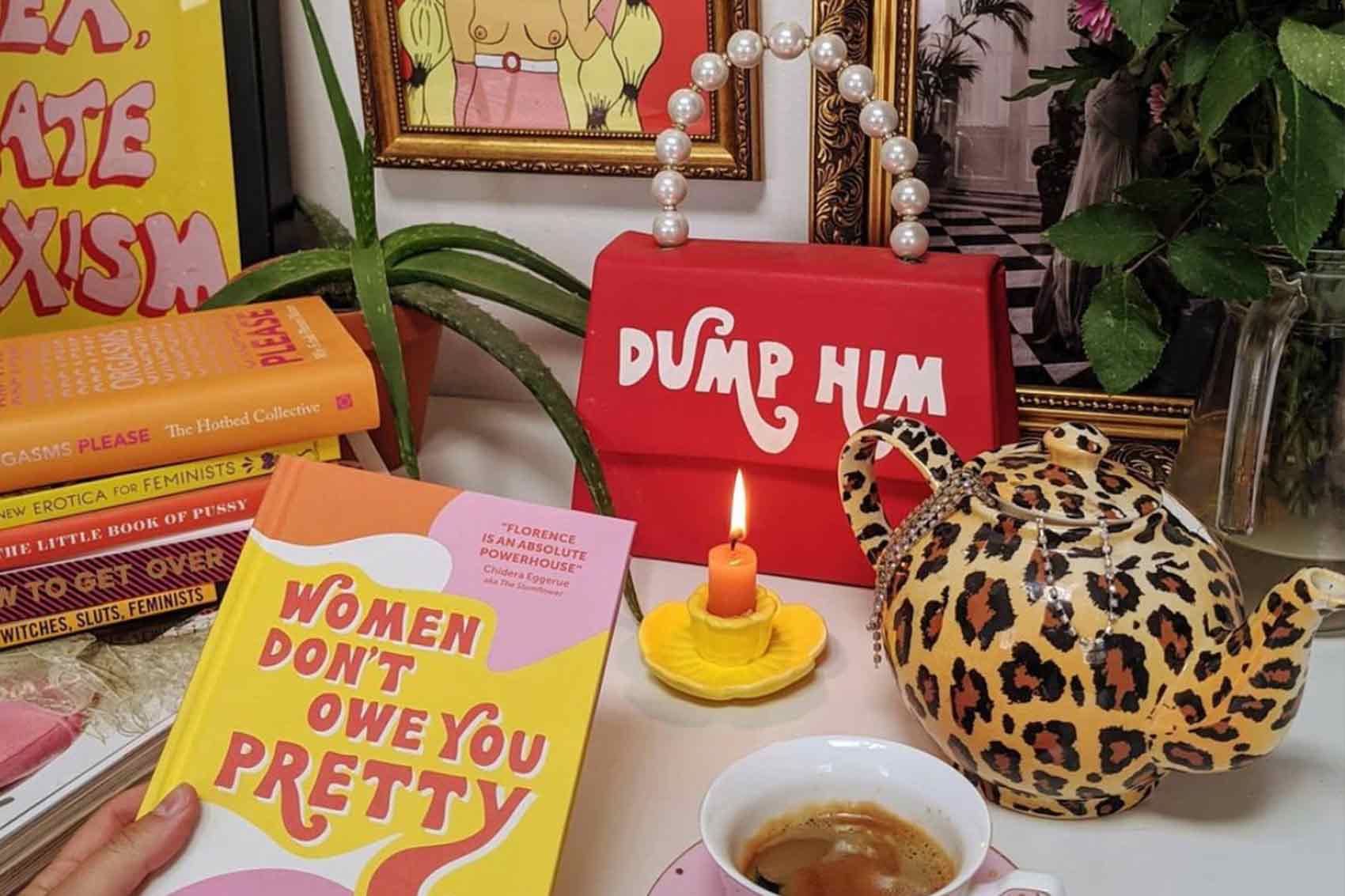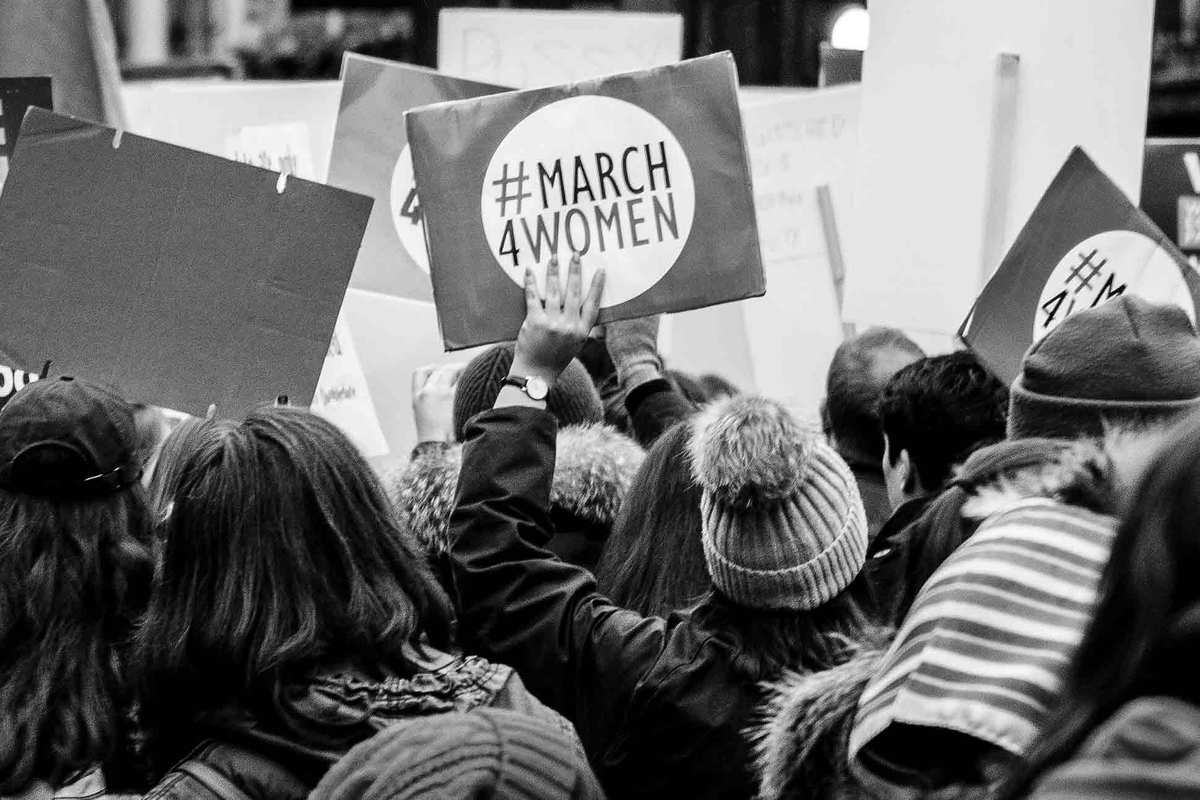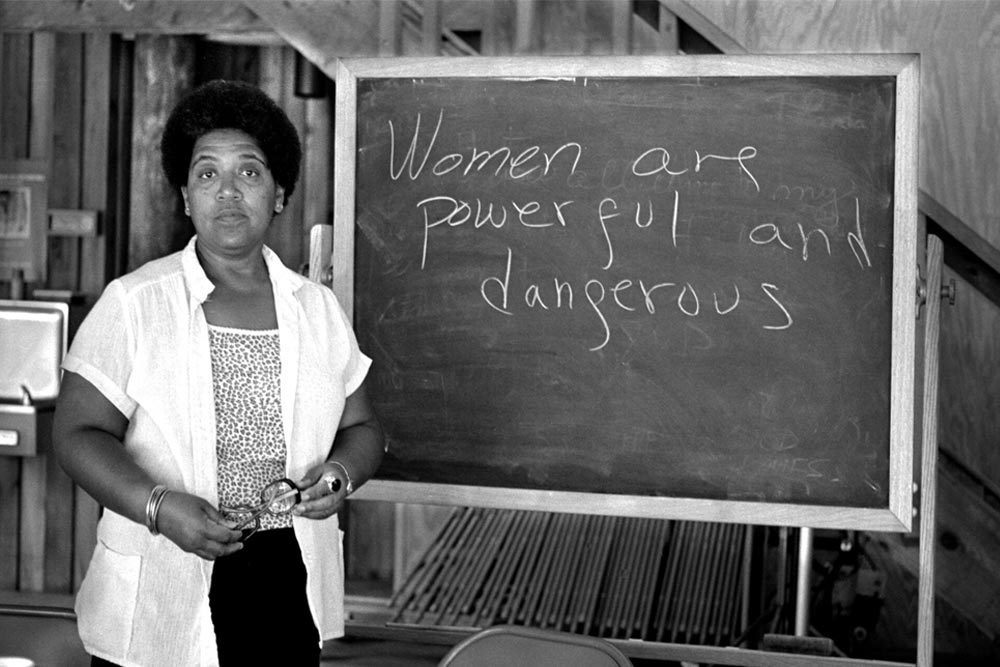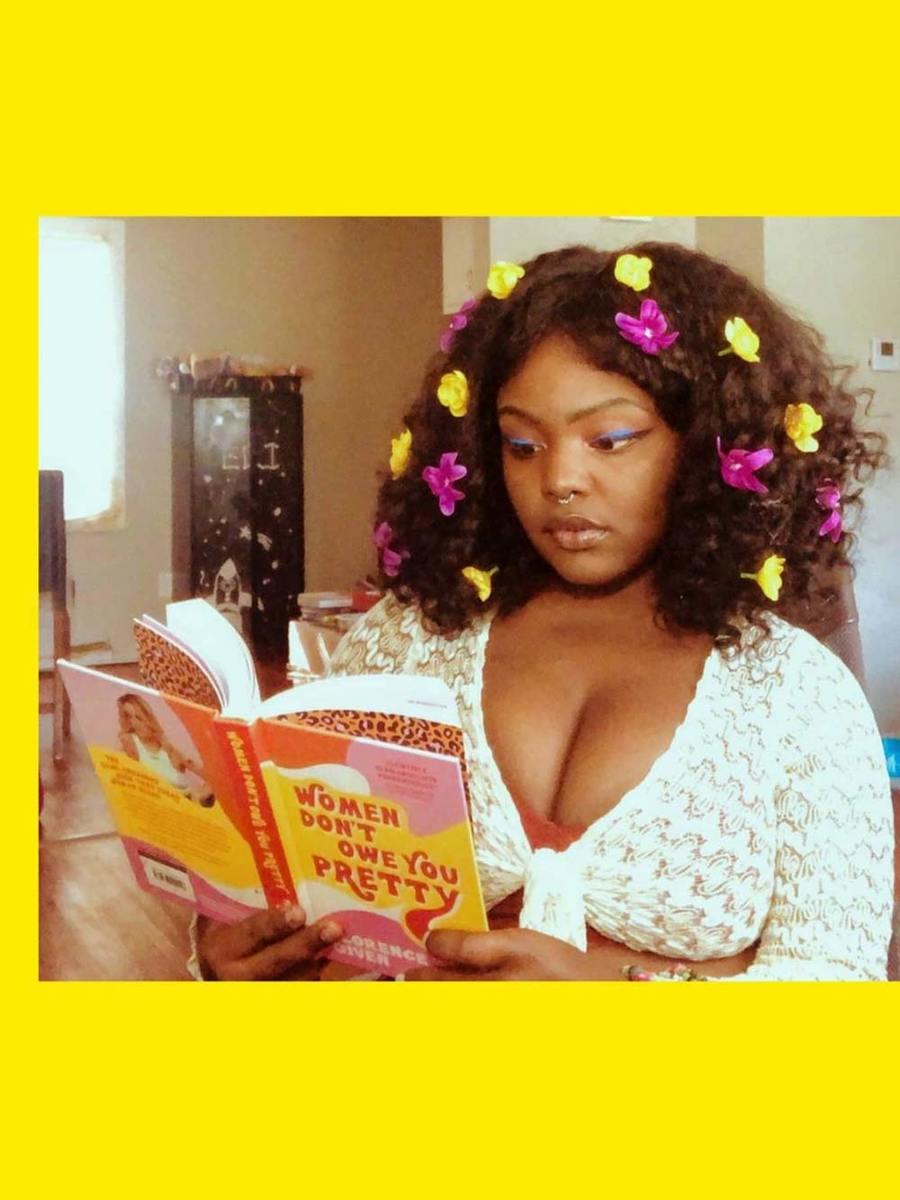
What No One Has Pointed Out Yet About “Women Don’t Owe You Pretty”
This One May Surprise You.
It is very rare for feminist discourse to excite me, or fully mesmerize and engulf me for that matter.
This is mostly due to the fact that the feminism discussed in public forums like social media proudly proclaims to be fighting for all women but in reality, only supports and elevates a certain kind of them. White women, to be more specific. Although, we live in a system that threatens the freedom and liberty of all of them.

I came to learn and accept that feminism just has an ugly history of white essentialism: It is visible in the white suffragettes of the 1900s, who actively used the racial antagonism of that decade and leveraged it into the 19th amendment that gave them to right to vote, whilst the voting rights of Black women, Latin women and Native American women remained suppressed. It is visible in the segregated marches of the second wave in the UK, where women of color had to walk behind white women and were excluded from most gatherings, and the legacy of white essentialism still continues today, in the way women of color still fall outside of the narrow lens of mainstream feminism.
This kind of feminism that only represents the aspirations of white, middle-class women has been branded “White feminism”. It does not critique white as an ethnicity (Obviously) but “white” as a social-political concept that suppresses other femme narratives, voices, and experiences.
Intersectional feminism is normally the only form of feminism that puts women of color at the centre and forefront. However, intersectional feminism only recently entered the mainstream, and if we take a look at what is still predominately communicated and disseminated through mainstream spaces, it continues to be feminism that is mainly explored through a white gaze (Yes, white gaze. It is just as real as the male gaze). It is centred around popular feminist issues like abortions, contraceptives, sexual harassment and assault in the western sphere, but still does not account for LGBTQAI+ experiences, women of color, poor women and immigrant women.
Therefore, feminist claims of “sisterhood” and “solidarity” always seemed very empty and hollow to me. Yes, men disrespected me, so it was easy for me to believe in male supremacy and a patriarchy, but white women patronized me, femsplained to me, and even raised their hand at me to stop me from speaking (Yes, that happened. Several times).
It was this condition of feeling violated and ignored by both sides that did not make me particularly eager to choose one and to declare my alliance to the feminist cause and its members. I did not adopt the term “feminist” until later in life when I came across intersectionality and learned that I did not have to choose between the two causes.
Enter Women Don’t Owe You Pretty by Florence Given. An exploration of intersectional feminism and guide to freedom and resistance in the patriarchy for the Instagram age. I think it was the quirky but sophisticated voice, the bold illustrations that featured women of all colors and body types, the relatable relationship advice, and the occasional acknowledgement of black and other ethnicity women’s struggles that did it for me. I was a fan. I posted, I shared, I recommended it to everyone I ever met and celebrated FG as the herald of a new feminist decade. Until I didn’t. It was due to the fact that in fall 2020 WDOYP was at the receiving end of a lot of criticism (I know you just checked out mentally because why do we need to go there again but hear me out).
Its critics said that it was misrepresenting disabilities by only focusing on the physical kind, that it was just a watered-down version of more complex feminist discourse, that it was mostly based on pre-existing literature by black authors, who were not properly recognised for their work inside and outside WDOYP and that the book was misrepresenting some of the marginalised communities FG mentioned because she obviously belonged to none of them. The list is ongoing….
If you are familiar with the book you have probably already heard all of this and you are tired of people rehashing the issues. Believe me, I am too. I am tired. However, here is something that you probably have not heard yet. Something that is important when assessing the scrutiny and dislikes WDOYP is facing:
This sort of criticism is what a book gains when it enters the mainstream and travels beyond the segmented market it was intended for. What does that mean? It means WDOYP was not written for all these women, who are criticising it now.
WDOYP was written for white, middle-class, pretty women that have not yet come to terms with their privilege and their social positioning and can use this book as an introduction to intersectional feminism.
So women of color and other marginalised women, who have come out in recent weeks to critique the book definitely will not have the same fascination with it as their white peers. This book only promulgates the most general aspects of their experiences and does not speak to, or work to liberate them. Finding it under “intersectionality” on Amazon and their local bookstore might have confused them, but WDOYP is for white women and to me, this symbolizes the triumph and failure of it:

It is about time that white women confronted their internalised racism and explored their social privilege. Like black feminist icon Audre Lorde argued, white women can be both oppressors and oppressed. FG also explained this in WDOYP. And as I explained before, white women have an ugly history of shutting out their darker-skinned sisters. However, directing this book at white women also contributed to women of color women being displaced and removed from the centre of intersectional discussion. The book mainly facilitates a space for white women to explore their privilege, without having to experience “white guilt” and the discomfort attached (As they would if this book would have been written by a woman of color). However, this turns this WDOYP into a palatable version of preexisting black feminist discourse, perfect to be elevated to and disseminated through mainstream spaces, because it wears a more acceptable face.
FG seems to get the prime maxim of intersectional feminism: It is not about incorporating. It is about completely transforming the lens through which we view and describe women. However, by only using the experiences of women of color sporadically to educate a white audience, she only touches the surface of something that is actually a deep ocean of intertwined and amplified oppression. Her feminism is mainly focused on personal education but forgets to call for collective action and liberation and this is where WDOYP still falls short.
I stopped resharing FG’s stuff when I released that the women it was inspiring to dump their shitty ex-boyfriends and redefine their lives were to the largest degree white women. I stopped sharing her posts when I released it did little to nothing to liberate women, who look like me, women for whom this niche of feminism was intended for, but are now subjugated to a backseat, while white women can femsplain yet another movement and kind of feminism to them. This could have inspired white women to call for justice for Breonna, to flood #sayhername with new mentions of intersectional victims, but I have been seeing no increase in that. The personal does not become political if it is only branded around the personal.

Women Don’t Owe You Pretty is not a bad book content-wise (Recent controversies aside). I enjoyed reading it. It did empower me. I started to ask myself new questions about who I am and what I deserve as a person and from relationships. It confronted me with my own internalised homophobia, sexism, and ableism. Black women have a lot of prejudice to work through as well. Being marginalised does not inoculate us from being discriminatory in other ways (This is literally the premise of intersectionality). But whilst drafting this article, I also started to ask myself this question: "If this is truly the new feminist manual, does it really do anything for the women at the pulse of intersectionality it claims to care so much about?"
Well, women of color are more likely to seek an abortion in the UK than white women. They are also more likely to be a victim of financial abuse, because the medium wealth of women of color is on average between 100 and 200 pounds, whereas the medium wealth of white women lies around 10 000 (Yes, generational wealth is a real thing). In the UK women of color are also four times more likely to die during pregnancy or childbirth than their white counterparts. In the US, one in five Native American women have been victims of violence and one in two have experienced sexual violence (I really don’t get how this is not one of the most pressing feminist issues of the decade). Women with disabilities are also almost three times as likely to be the victim of violence or sexual violence.
If any of the things that I just listed above are news to you, then the answer to my question above is no, unfortunately.
Next up, Florence Given Responds To Chidera Eggerue's Claims That She Copied Her Book











